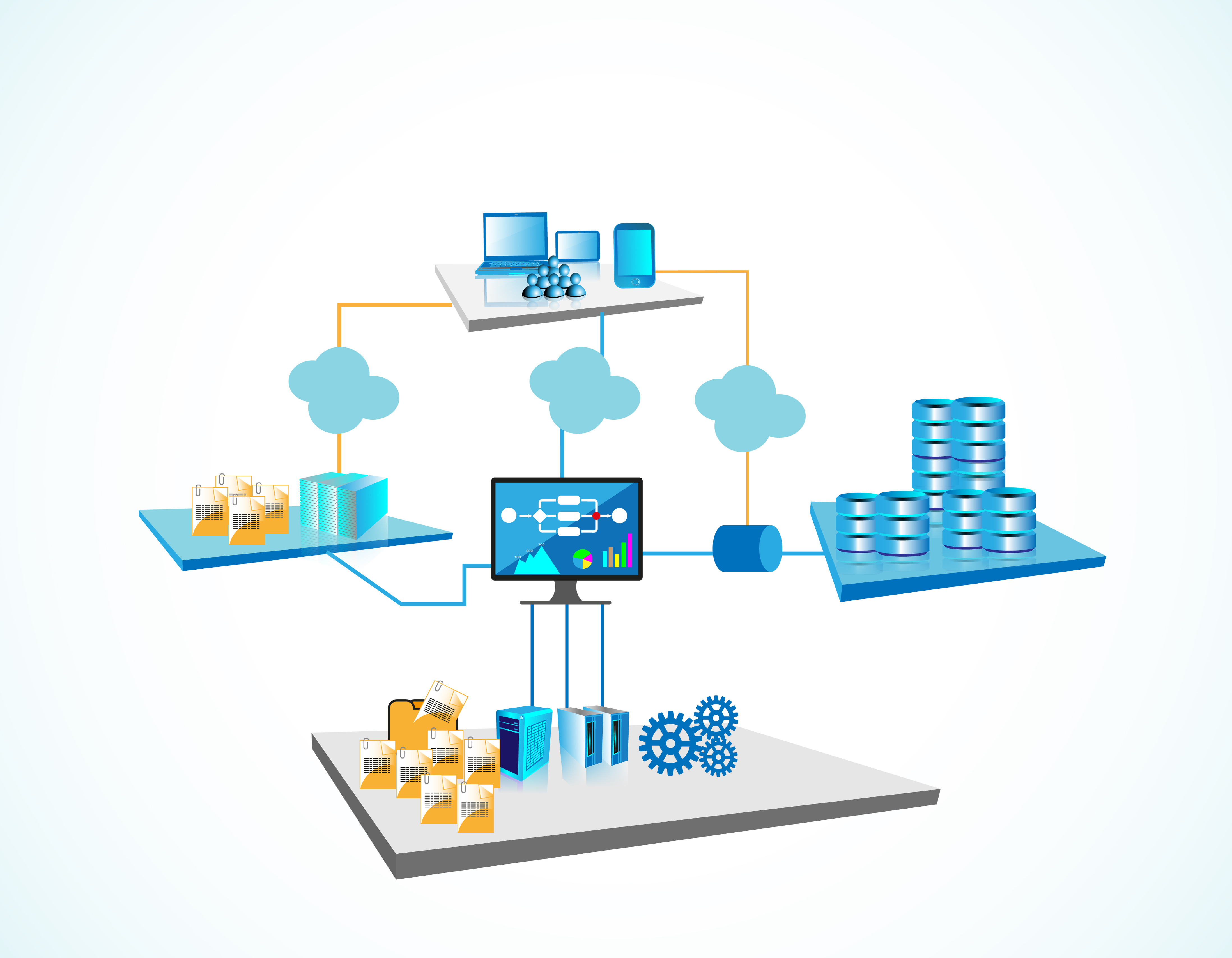Build an Integrated Digital Ecosystem by Connecting everything data, applications, and devices across the business.
A modern enterprise today relies on multiple independent software applications to run their day-to-day business. Such an approach results in siloed applications. The data generated in one business function cannot communicate with or used in another function. This lack of real-time communication between different business functions restricts cross-functional collaboration, makes it difficult for the top management from having a holistic view of their enterprise and leads to poor Customer Experience.
As enterprises keep adopting new technologies, Enterprise Integration plays a key role in helping them increase their IT investment ROI by enabling software applications to seamlessly integrate, provide real-time consistent view of data across the enterprise and deliver exceptional customer experiences.

Triviti’s Enterprise Integrations Capabilities
Triviti's enterprise integration services help businesses overcome the toughest integration challenges. We consolidate application and data integration disciplines into a robust governance model. Our expertise lies in API management, enterprise service bus, application data integration and IoT. Our services enable organizations to build state of the art integration platform that reduces complexity, improves organizational agility, and enhances competitiveness.
Application Integration
Our application integration services enable you to increase operational efficiency, reduce manual intervention, optimize business data and processes, deliver real-time insights and stay agile in a rapidly evolving business environment.
Data Integration
We will help you integrate multiple data sources to ensure that data is consistent and shared seamlessly across applications providing you with a unified view of information.
Cloud Integration
Connect your on-premise systems with cloud-based applications to ensure seamless operation and data flow between various environments.
API Integration
Connect two or more business applications using APIs to automate workflows and leverage third-party services efficiently thereby creating a connected and interoperable technology platform.
Platform Integration
Unify various software applications, systems, data sources to create a cohesive IT environment allowing efficient data exchange, streamlined workflows, and improved collaboration across the organization.
B2B Integration
Connect the technology platforms, applications and processes of different businesses/trading partners to enable seamless communication, data exchange, and collaboration between organizations.
Legacy Systems Integration
Gradually connect and harmonize older, existing technology systems with modern applications, platforms or updated technologies aiming for interoperability and improved functionality while minimizing disruptions to ongoing business operations.
